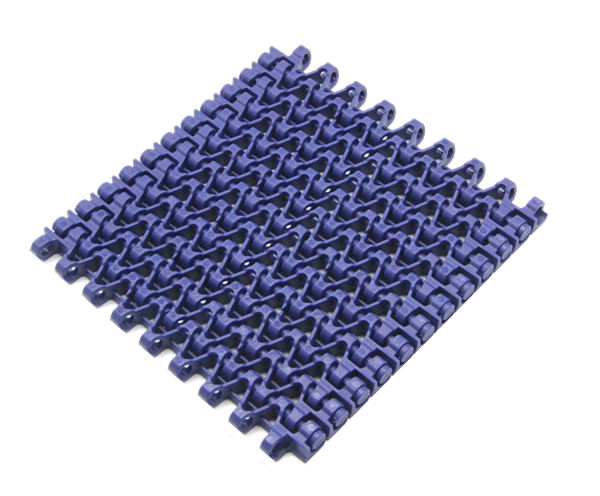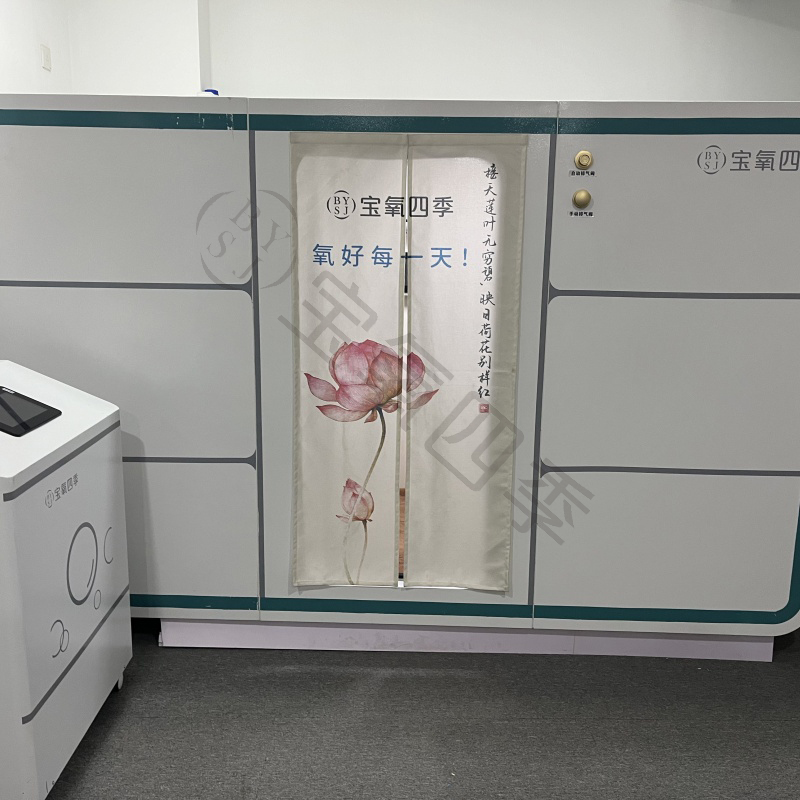How Many Times Can You Use Rubber Gloves?
In the realm of industrial hygiene and personal protective equipment (PPE), rubber gloves occupy a pivotal position. Their versatility and durability make them indispensable for a wide array of applications, from healthcare to food processing, chemical handling, and beyond. But the question lingers: How many times can you safely use rubber gloves? The answer, like many in the realm of PPE, is nuanced and depends on several factors.
Understanding the Anatomy of Rubber Gloves
To begin, let's delve into the anatomy of rubber gloves. Typically constructed from natural rubber latex, synthetic rubber such as nitrile or neoprene, or a blend of materials, these gloves feature several key components:
Barrier Layer: The outermost layer provides resistance to chemicals, punctures, and tears, ensuring user safety.
Cushioning Layer: Some gloves incorporate an inner cushioning layer for enhanced comfort and reduced hand fatigue.
Beaded Cuff or Rolled Edge: This design feature facilitates easy donning and doffing while providing an additional layer of protection against contaminants.
Textured Surface: Enhanced grip patterns on the glove's surface improve dexterity and reduce the risk of slips and falls.
Durability and Reusability: Factors to Consider
The lifespan of rubber gloves varies significantly based on the following criteria:
Material Quality: High-quality materials inherently offer better resistance to wear and tear, prolonging the glove's useful life.
Application Type: Gloves used in harsh chemical environments or for heavy-duty tasks will wear out faster than those employed in low-risk settings.
Proper Care and Handling: Storing gloves in a cool, dry place, avoiding direct sunlight and excessive heat, and properly cleaning them after use can significantly extend their lifespan.
Inspection Regimen: Regularly checking gloves for signs of damage, such as cracks, punctures, or discoloration, ensures they remain fit for purpose.
Further reading:10 Questions You Should Know About Stormwater Steel Reinforced PE Pipe
Top Benefits of Stormwater Steel Reinforced PE Pipe
Polyethylene vs. PVC: Which is Better for Your Project?
Key Questions to Ask When Choosing Polyethylene vs Polyvinyl Chloride
How to Choose the Right LPG Tube Safely?
10 Questions You Should Know About Solar Energy Solutions
10 Facts You Should Know about 100r3 Hose
Efficiency, Accuracy, and Flexibility
Rubber gloves not only safeguard users but also enhance operational efficiency, accuracy, and production flexibility. By protecting hands from contaminants and irritants, they reduce downtime due to injuries or illnesses. In precision-oriented industries like electronics manufacturing, the tactile sensitivity and dexterity offered by specialized rubber gloves ensure that work is completed with utmost accuracy. Moreover, their ability to withstand a range of environments and chemicals allows for seamless transitions between tasks, boosting overall production flexibility.
Practical Applications and Solutions
Healthcare: Single-use gloves are the norm to prevent cross-contamination, but reusable rubber gloves are increasingly being adopted for non-invasive procedures where sterility is less critical, offering cost savings and reduced waste.
Food Processing: Durable rubber gloves with food-grade materials ensure hygiene and compliance with stringent regulations while allowing workers to handle delicate or sticky ingredients with ease.
Chemical Handling: Specialty gloves designed for chemical resistance are essential for protecting workers against harsh substances, ensuring safety and minimizing the need for frequent glove changes.
Future Perspectives and Action Call
As industries continue to evolve, so too must our understanding of the role and limitations of rubber gloves. Advances in materials science are already leading to the development of gloves with enhanced durability, flexibility, and even embedded sensors for real-time monitoring of exposure levels.
In conclusion, while there's no definitive answer to "How many times can you use rubber gloves?," it's crucial to adopt a proactive approach to glove management. Regularly assess the condition of your gloves, follow best practices for care and storage, and stay informed about the latest innovations in PPE. By doing so, you can maximize the lifespan of your rubber gloves, ensuring continued safety, efficiency, and productivity in your operations.
Action Call: Invest in high-quality rubber gloves that meet your specific industry standards and implement a rigorous inspection and maintenance program. Stay ahead of the curve by staying informed about emerging technologies and trends in PPE. Your workforce's safety and your organization's success depend on it.
How Will En 857 1SC Shape Future Standards?
How to choose between polyethylene and PVC?
Understanding What UPVC Pipe Stands For: A Complete Guide
Are You Struggling with Hydraulic Hose Durability Issues?
Why choose Upvc Casing Pipes over alternatives?
Top 5 Tips for Efficiently Managing DIN EN 856 4SH Standards
How Can Wire Braided Steam Hoses Improve Your Hydraulic Efficiency?





